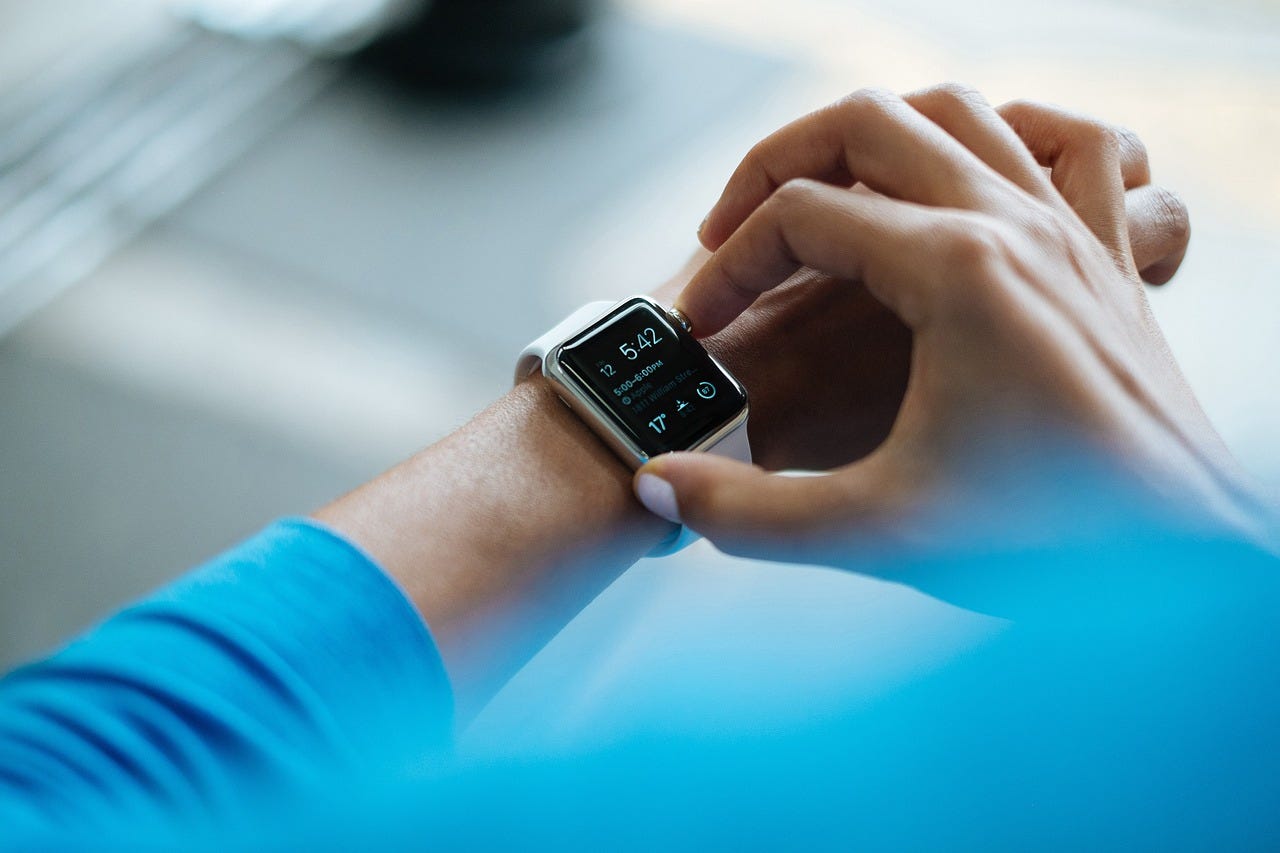Bournemouth University develops new battery for wearable technology


Bournemouth University (BU) in the UK, in collaboration with the University of Cambridge and China University of Geosciences, has developed a new method for improving battery life in wearable technology.
The paper states that "the new architecture can be utilised as a binder-free electrode, and presents extraordinary mechanical flexibility and outstanding electrical stability under external stresses".
"The new method ... uses a novel 3D structure approach to bind the electronic materials to the clothing textiles," Associate Professor Amor Abdelkader from BU said.
See: Can wearable devices make construction sites safer?
"We found that this new structure made a real difference to the mechanical strength of the battery, including increasing its flexibility under stress, which is important for the development of wearable technology. Clothing designed for the military or elite sportspeople, for example, needs to be able to perform under extreme conditions."
According to BU, the new battery will be more effective than previous prototypes, while also being more sustainable. The process of making the battery will also use fewer materials, making it easier to manufacture.
This research comes at a time when wearable technology usage is becoming more common, as one in five people in the UK own a wearable, and one in 10 people actively use them.
"For the wearable technology industry, this is a really significant step forward, and opens up the potential to develop the next generation of wearable devices in clothing," said the study's lead author Dr Kai Xi of Cambridge University.
Related Coverage
Wearable robot brace is approved for adolescents
Healthcare robots have been on the cusp of mainstream reality for a few years, but most applications target adults. One company is trying a different demo.
A wearable brain-computer interface
Tonya Hall and David Blodgett, chief scientist of the research and exploratory development department at Johns Hopkins University Applied Physics Lab, talk about creating a wearable brain-computer interface while discussing the ethics of mind reading.
Westpac launches 'designer' wearable payments accessories
The bank has made payment-enabled keychains, silicon tags, and some pins available, but there's still no sign of Apple Pay.
Samsung, HSBC partnership shows how wearables can improve customer service in banking (TechRepublic)
Using Gear S3 smartwatches, employees at an HSBC branch in NYC experiment with wearables to improve customer service.
4 ways wearables can benefit your workforce (TechRepublic)
Smart watches, smart glasses, and exoskeletons can augment workers' abilities and increase productivity, according to a Deloitte report.